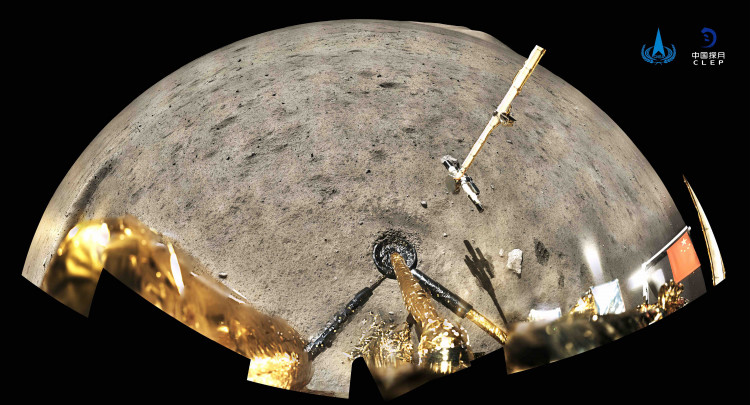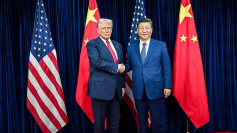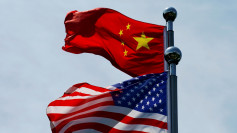China's space agency is lending lunar samples to two U.S. universities that receive NASA funding, even as it accelerates its lunar diplomacy with the selection of 10 international projects for its upcoming Chang'e-8 south pole mission. The dual announcements mark a widening of China's efforts to expand international participation in its lunar exploration program amid geopolitical tensions with the United States.
The China National Space Administration (CNSA) said Thursday it will allow scientists at Brown University and the State University of New York at Stony Brook to study rocks retrieved during its 2020 Chang'e-5 mission. These schools are among seven international institutions authorized to analyze the samples, with others located in Japan, France, Germany, Britain, and Pakistan.
China's Chang'e-5 mission made it the third nation to return lunar material to Earth, joining the United States and the former Soviet Union. The follow-up Chang'e-6 mission in 2023 achieved another milestone, becoming the first to retrieve samples from the far side of the moon.
U.S. collaboration with China on space is heavily restricted by a 2011 U.S. law requiring any NASA engagement with China to be certified as non-threatening to U.S. national security. NASA Administrator Bill Nelson told Reuters last year that talks with CNSA over the Chang'e-5 samples would proceed only after proper review with the FBI and Congress. Four U.S. universities had applied for access, Nelson said at the time, adding that he expected China would eventually share the samples.
CNSA's announcement coincided with the release of its final selection for the Chang'e-8 mission, scheduled for 2028 or 2029. The mission will carry payloads from 10 international partners across 11 countries and one international organization, including micro-rovers, robotic systems, and scientific instruments for astronomy, particle analysis, and in-situ resource utilization.
Countries contributing payloads to Chang'e-8 include Russia, South Africa, Turkey, Pakistan, Thailand, Bahrain, Egypt, Iran, Peru, and Italy. The mission will include a Pakistani rover and, for the first time on a Chinese lunar mission, micro-rovers co-developed by Turkey's Middle East Technical University, China's Zhejiang University, and the private firm Star.Vision.
The Chang'e-8 mission is a precursor to China's planned International Lunar Research Station (ILRS), a long-term multinational project aimed at constructing a robotic and eventually manned base on the moon by the 2030s. The CNSA announced this week that 17 countries and international organizations have joined the ILRS, along with more than 50 research institutions. Participants include Russia, Venezuela, Belarus, Kazakhstan, and Egypt, as well as a range of companies and universities across Africa, Asia, and Latin America.





